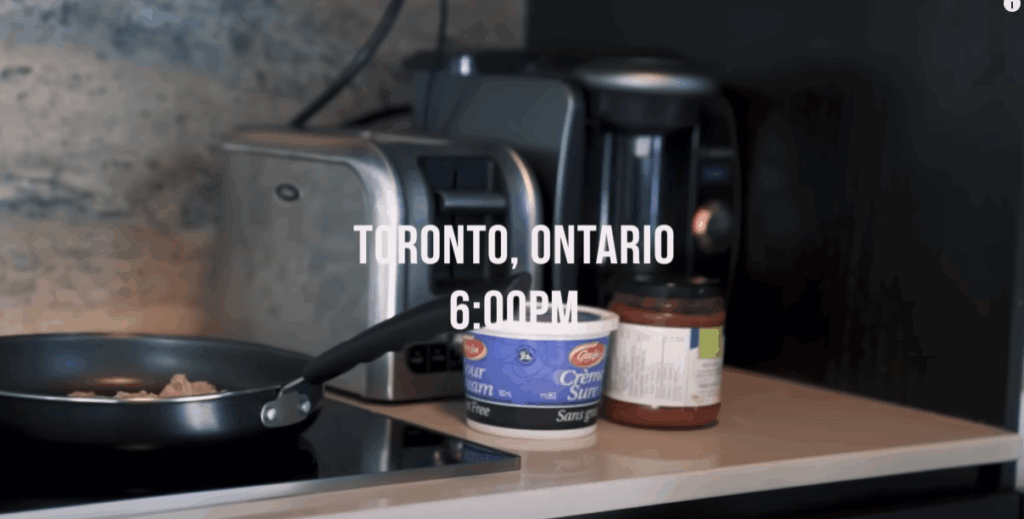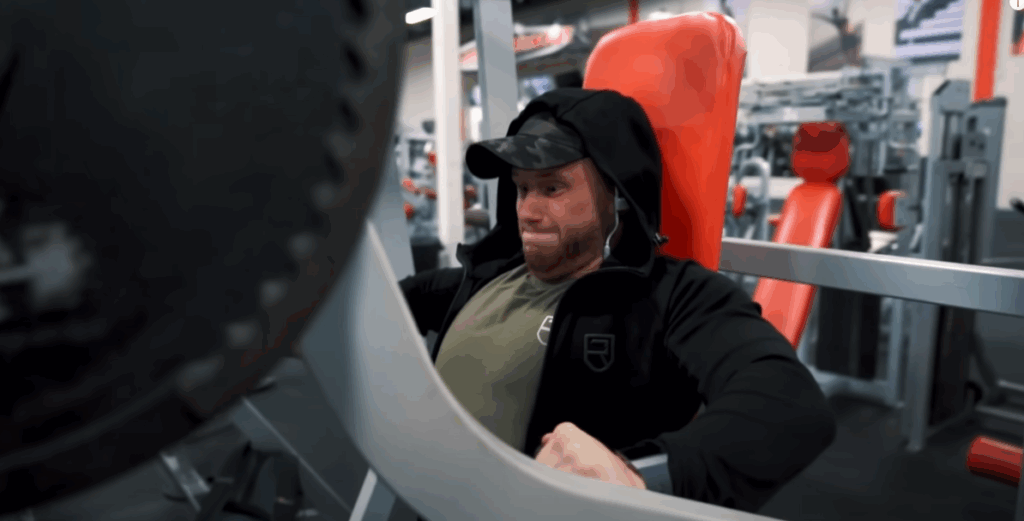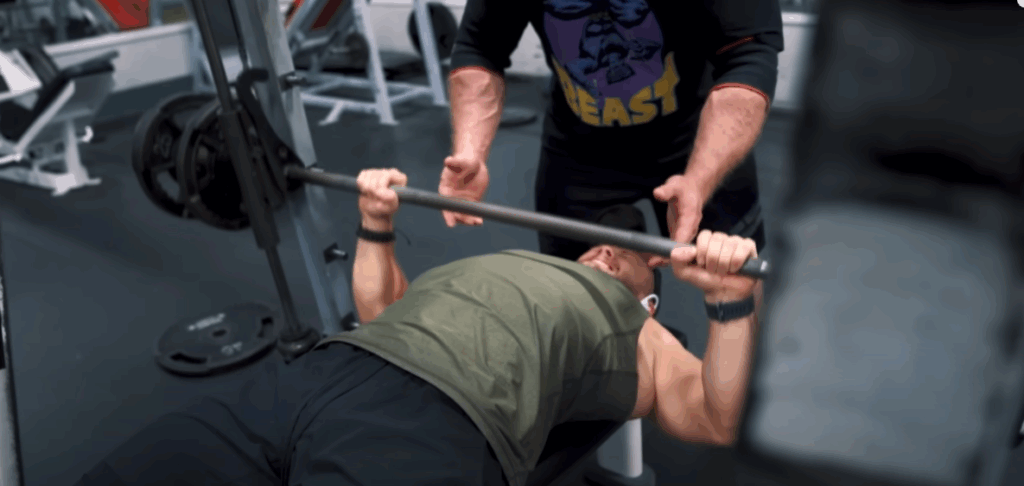When it comes to bodybuilding wisdom, few names command as much respect as John Meadows. Known as the “Mountain Dog,” his training principles emphasize longevity, joint health, and brutal effectiveness. In this chest session, I had the privilege of handing over the reins and letting him guide me through one of his classic workouts. The result? A comprehensive, joint-friendly, and brutally efficient approach to chest development that’s as educational as it is intense.
Prepping for the Session: Fueling Up the Right Way
Before heading out, I made sure to have a solid pre-workout meal—nothing fancy, but effective. A bowl of ground turkey and microwavable rice formed the foundation, topped with fat-free sour cream, some shredded cheese, and salsa. A side of fresh kiwi added some quick-digesting carbs and micronutrients. Meals like this are fast to prepare and digest efficiently, which is exactly what you want before heavy lifting.

Hitting the Iron in Mississauga
We trained at a gym in Mississauga, Ontario—a no-nonsense facility with the kind of old-school energy that instantly gets you in the zone. John planned to walk me through a full chest session using his time-tested methodology: starting with activation work, transitioning into heavy compound movements, and finishing with deep stretches and volume.
Activation Work: Priming the Chest
The session kicked off with a plate-loaded machine press. But before loading up, John showed me a subtle yet powerful activation technique: reaching across your body and pressing your palm inward to engage the pec. This preps the mind-muscle connection before any weight is lifted.
The decline machine we used had a unique motion path, which placed less stress on the rotator cuff—a perfect choice for both safety and maximum pec stimulation. We focused on full range of motion and controlled tempo, especially emphasizing a strong contraction at the top of each rep.
Main Compound Lift: Incline Barbell Press
Next up was the incline barbell press, a staple in upper chest development. John explained the importance of elbow positioning here—not flared, not too tucked, but somewhere in between to balance muscle recruitment and joint safety. With a background in powerlifting, I’ve always used a tighter tuck, but adopting a more moderate angle definitely felt more natural on the shoulders during this movement.
We worked up to a heavy top set, sticking around 6–8 reps. What stood out was the simplicity: no ego lifting, just solid execution and clean reps. It was a perfect blend of intensity and joint integrity.

High-Rep Decline on the Smith Machine: Burnout and Volume
From there, we moved into a high-rep burnout series using the Smith machine on a decline angle. The goal here was to hit a wide rep range: 25 reps, then 15, and finally a brutal drop set of 8 reps followed by mechanical intensity techniques.
By the second set, fatigue hit fast—even with minimal weight increases. That’s the beauty of high-rep work: you don’t need heavy loads to experience deep muscular stress. In our final drop set, we adjusted grip width and tempo to isolate different fibers of the pecs, finishing off with forced reps and partials until complete failure.
Final Finisher: Dumbbell Press with Manual Stretch
For the last movement, we used a unique twist on a traditional dumbbell press. After completing a standard set of eight reps, John applied light manual resistance at the bottom of the movement to create an isometric hold in the stretch position.
This technique allowed for an intense pec stretch without needing heavy dumbbells. By adding manual tension, we simulated the effects of much heavier loading while minimizing joint stress. I could feel the stretch increasing by the second, especially around the four- to five-second mark, when the muscle naturally relaxed further under tension.
We ran through multiple rounds of this method, using modest weights but maximizing the stimulus. It’s a reminder that when used strategically, intensity techniques can completely change the game.
Intelligent Programming: One All-Out Set
One of the biggest takeaways from this session was John’s approach to set structure. Instead of doing multiple all-out sets, he saves the maximal effort for the final set of each exercise. Everything leading up to that point is progressive and controlled—essentially preparing the muscle and nervous system.
This strategy not only preserves recovery but also keeps the mind focused. Knowing that only one set per movement will truly push you to your limits makes it easier to lock in and give 100% when it matters most. It’s a smarter, more sustainable way to train—especially for advanced lifters.

Practical Adjustments for Shoulder Health
Throughout the session, John emphasized longevity. Exercises were chosen not just for their hypertrophy potential but also their shoulder-friendly mechanics. For instance, incline barbell pressing—often a shoulder wrecker when performed incorrectly—was made safer by adjusting grip width, elbow path, and load control.
Additionally, John prefers dedicating chest to its own training day. This allows him to load the pressing muscles once without compounding fatigue on shoulders in subsequent sessions. For someone managing older joints or nagging injuries, this split makes a lot of sense.
Bonus Segment: Posing Tips from a Pro
Before wrapping up, we took a few minutes to work on classic side chest posing. John provided some great visual cues—especially on wrist and shoulder placement—to improve aesthetics and create the illusion of a broader, more dominant upper body.
One key insight was how wrist positioning can either compress or expand your shoulder width. By keeping the hand lower and pulling the elbow tight to the body, you can dramatically improve your taper and silhouette on stage or in photos.
Final Thoughts: Training Smarter, Not Just Harder
This chest session wasn’t just physically taxing—it was a masterclass in strategic training. We didn’t chase fatigue blindly. Instead, every movement had a clear purpose: activate, stimulate, then finish with a deep stretch.
If you’ve been stuck in a cycle of hammering your chest with endless bench sets and flyes, consider taking a page from John Meadows’ book. Focus on quality, prioritize your joints, and reserve your true intensity for where it counts.
This style of training doesn’t just build muscle—it builds longevity. And in the world of bodybuilding, that’s a currency far more valuable than any short-term gain.



